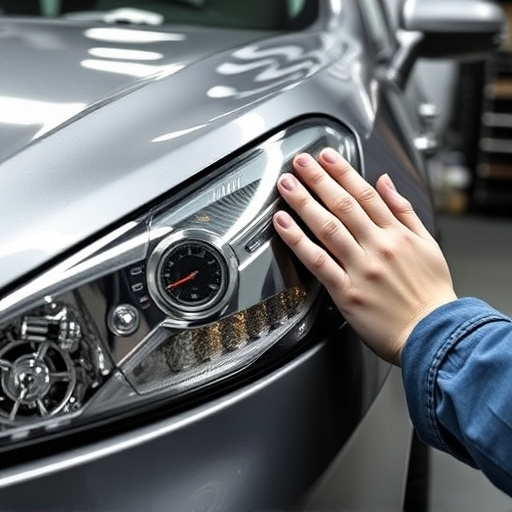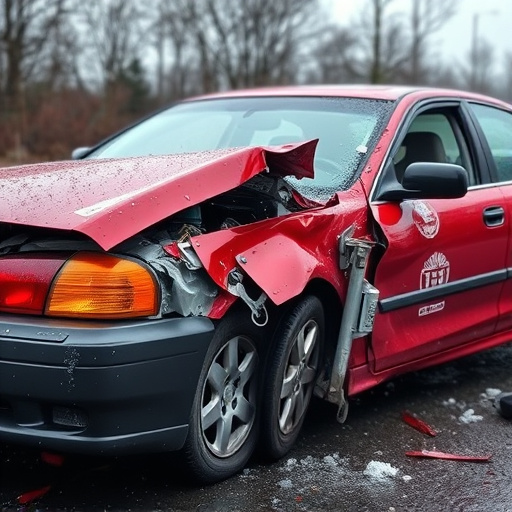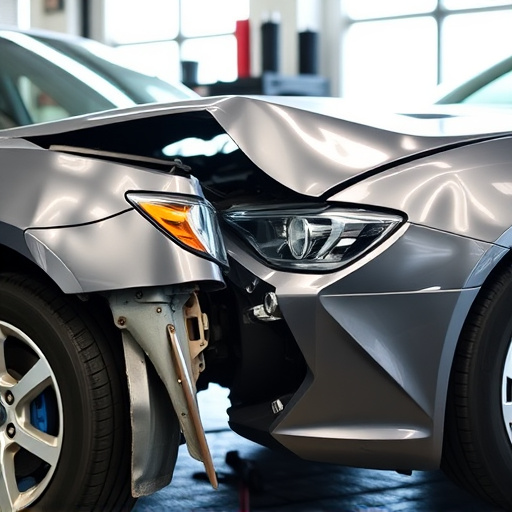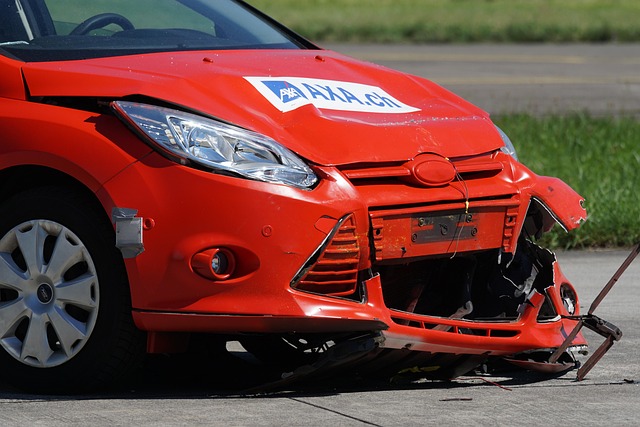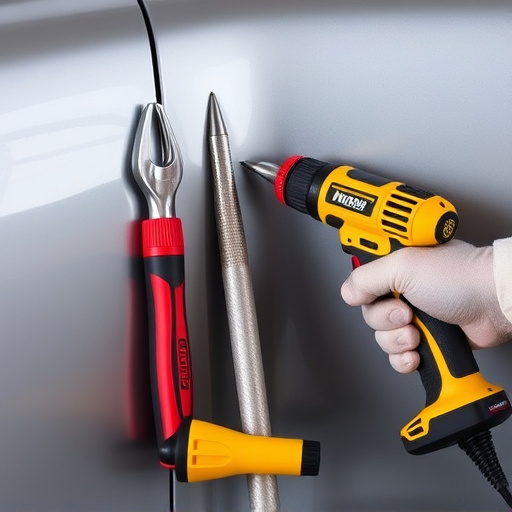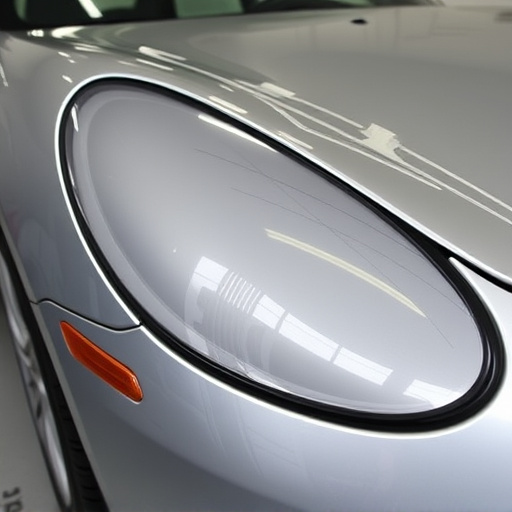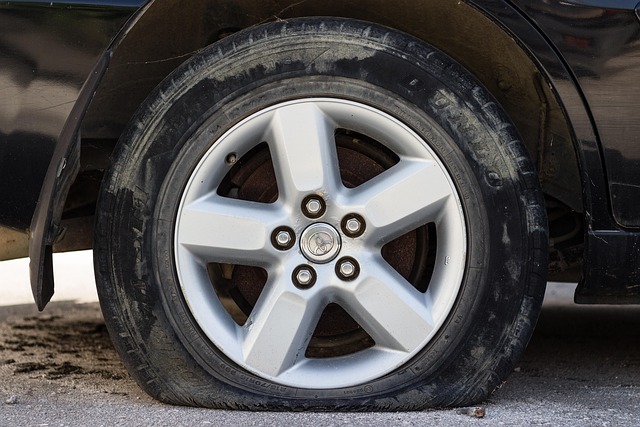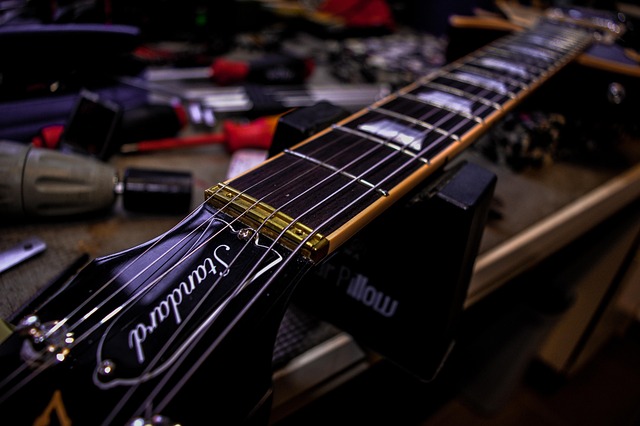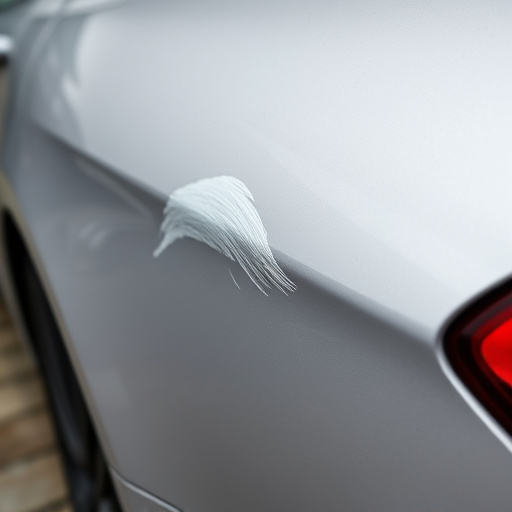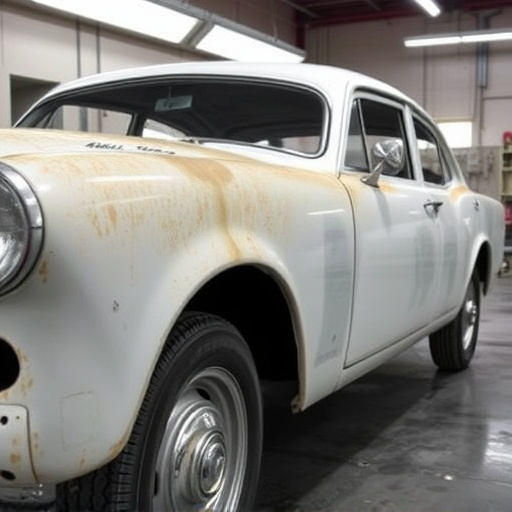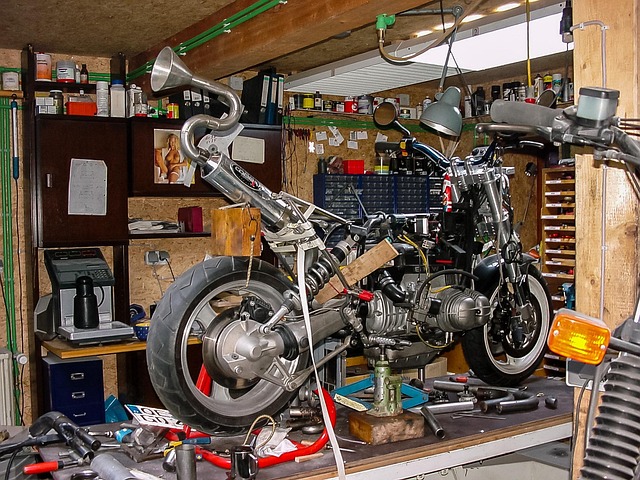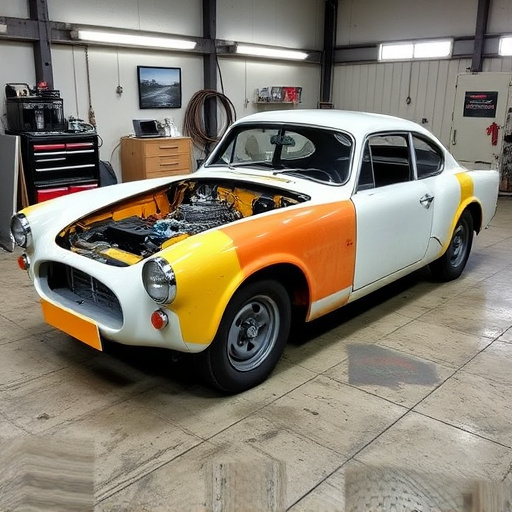The automotive industry is undergoing a significant transformation thanks to advancements in frame machine repair technologies. Innovative tools like CAD systems, sensors, and robotic arms are revolutionizing vehicle body shop operations, leading to faster turnaround times, improved accuracy, enhanced safety, and reduced costs. These developments preserve original finishes and delicate components, setting the stage for future breakthroughs in vehicle restoration. Continued innovation and skill refinement are crucial for maintaining this growth trajectory and meeting evolving demands.
“The art of frame machine repair is undergoing a profound transformation, marking a new era in the industry. With technological advancements at the forefront, traditional methods are being revolutionized, promising efficiency and precision like never before. From AI-driven diagnostics to robotic precision, these innovations are reshaping how we mend metal. This article explores the evolution, the technologies driving change, and the benefits versus challenges of adopting these new frameworks, shedding light on the future of frame machine repair.”
- The Evolution of Frame Machine Repair: A New Era
- Innovative Technologies Transforming the Industry
- Benefits and Challenges: Adapting to the Changes
The Evolution of Frame Machine Repair: A New Era
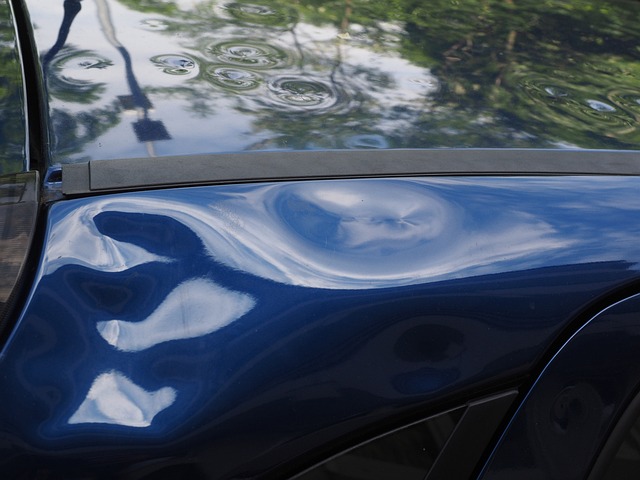
The evolution of frame machine repair marks a new era in the automotive industry. Traditional methods that once dominated the vehicle restoration process are being transformed by innovative technologies, revolutionizing how we approach frame machine repair. These advancements cater to both the repairer and the customer, offering faster turnaround times, enhanced precision, and reduced costs.
Modern tools like paintless dent repair techniques have further streamlined operations within the vehicle body shop. This non-invasive method not only preserves the integrity of the original finish but also minimizes damage to delicate components. As technology continues to advance, we can expect even more groundbreaking changes in frame machine repair, shaping the future of vehicle restoration.
Innovative Technologies Transforming the Industry
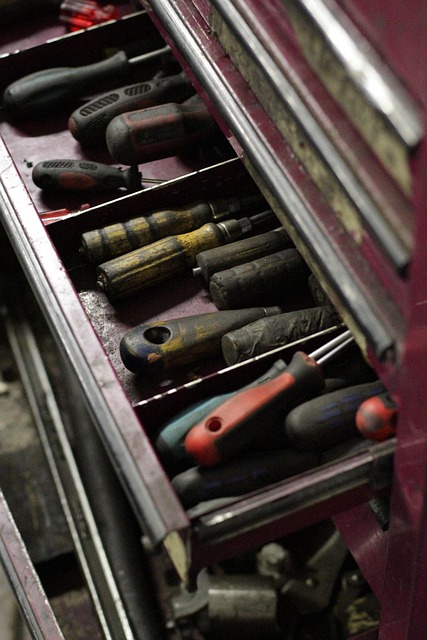
The frame machine repair industry is undergoing a significant transformation with the advent of innovative technologies. Modern tools and software are revolutionizing how vehicle body shops and collision repair centers conduct their operations, leading to faster turnaround times and improved accuracy. For instance, advanced computer-aided design (CAD) systems allow for precise measurements and 3D imaging, enabling technicians to identify and rectify structural issues more efficiently than ever before.
These technological advancements have not only streamlined the frame machine repair process but also enhanced safety standards. High-tech sensors and robotic arms are now integrated into many vehicle body shops, ensuring consistent and accurate adjustments during the repair process. As a result, cars and other vehicles can be restored to their pre-accident conditions with greater consistency, benefiting both customers and the industry as a whole.
Benefits and Challenges: Adapting to the Changes
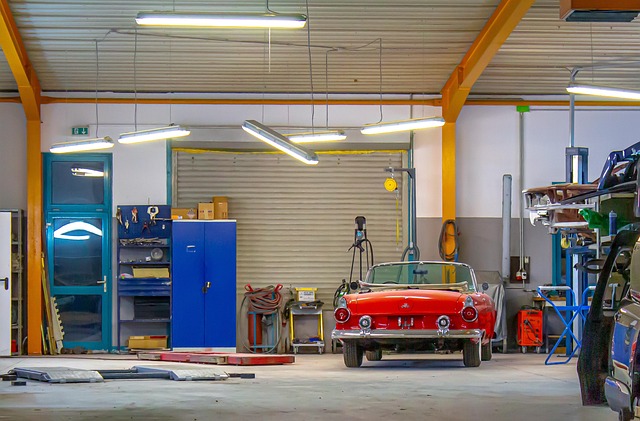
The evolution of technology is significantly transforming the landscape of frame machine repair, presenting both exciting opportunities and unique challenges for auto body shops. On one hand, advanced tools and equipment enable more precise and efficient repairs, enhancing the quality of service and reducing turnaround time. For instance, robotic welding systems offer greater accuracy and consistency, while digital measurement tools ensure exact fitting of replacement parts, all contributing to improved customer satisfaction.
However, these changes also demand adaptation from technicians. The shift towards computerized diagnostics and specialized software requires ongoing training and upskilling. Moreover, the integration of new technologies may increase initial investment costs for body shop services, particularly for smaller workshops. Auto glass repair, car bodywork, and other aspects of modern vehicle maintenance are becoming more complex, necessitating a dynamic approach to stay competitive in the market while meeting evolving customer expectations.
The evolution of frame machine repair has entered a new era, driven by innovative technologies that are transforming the industry. From advanced diagnostic tools to automated assembly lines, these advancements offer significant benefits such as increased efficiency, improved accuracy, and reduced downtime. However, adapting to these changes also presents challenges, including the need for specialized training and investment in new equipment. As the landscape of frame machine repair continues to evolve, professionals must embrace these technological shifts to stay competitive and meet the evolving demands of the industry.
